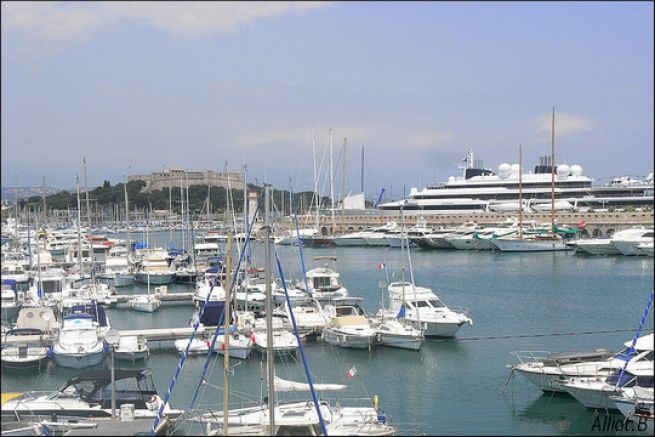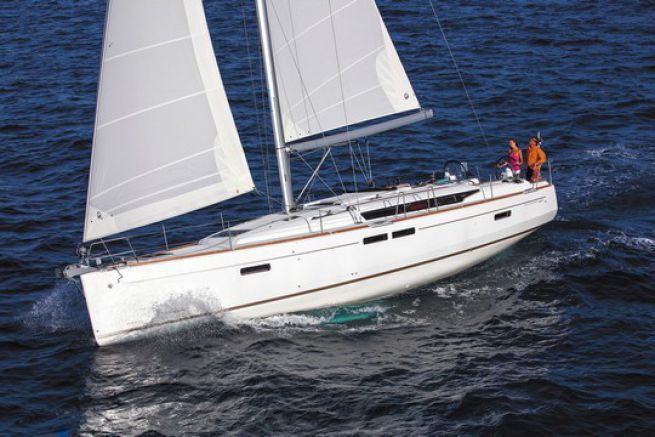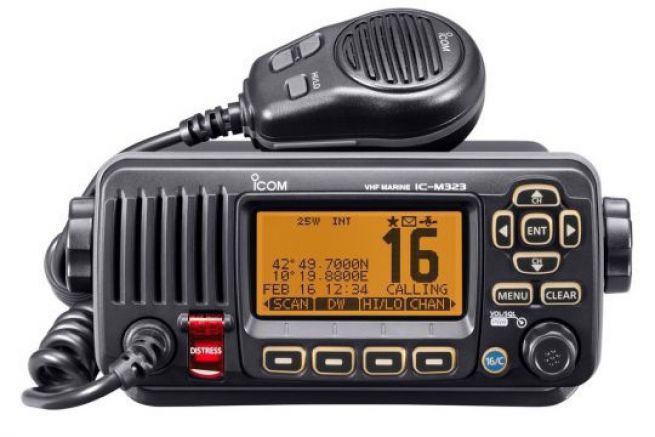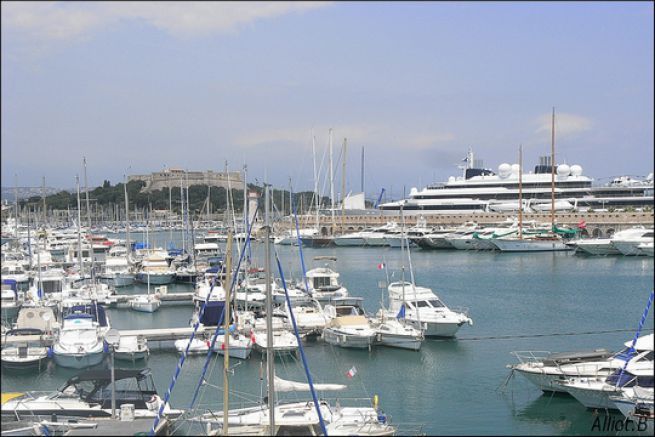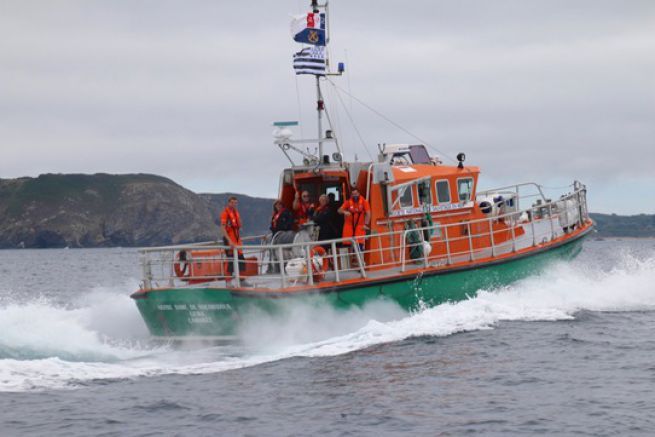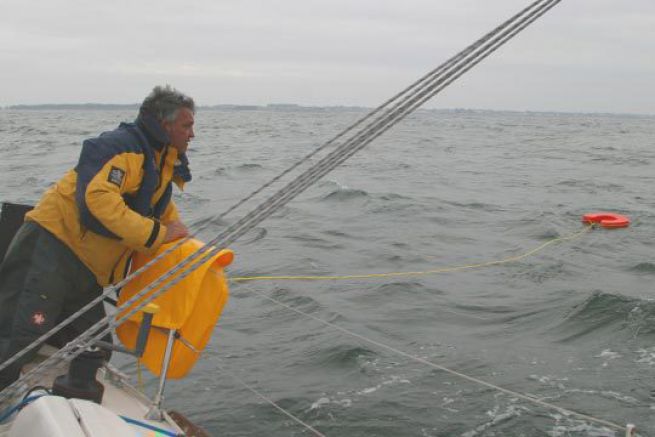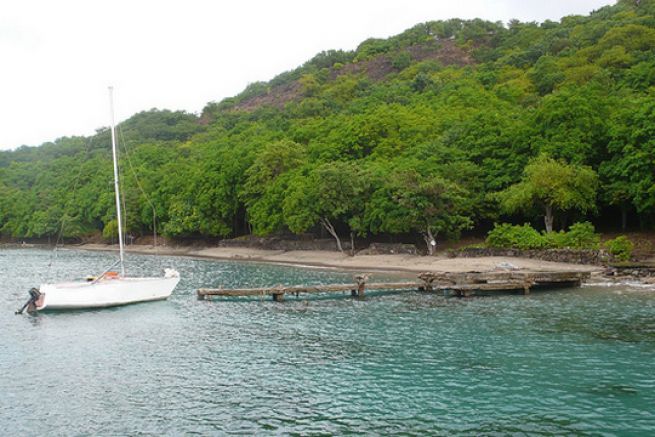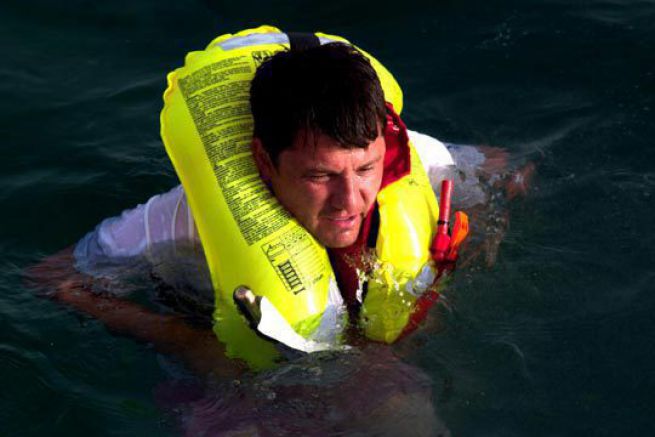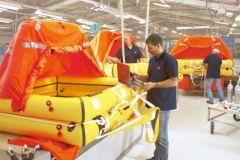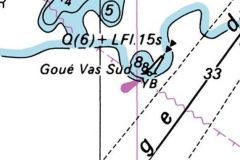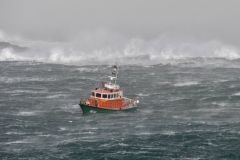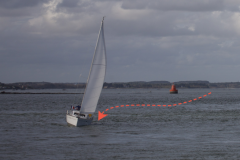Chief of the crew
The notion of captain has been clarified in the document. As a reminder, here is the definition given by the Department: Crew member responsible for the conduct of the vessel, keeping the logbook when required, compliance with regulations and the safety of persons on board. " The role of the captain has been clarified, before it was much more vague. As a matter of principle, the captain is responsible for his crew. He owns the nautical management. On the other hand, if a victim contributes to his damage, his fault may reduce or even exonerate the liability of the captain, says Jérôme.
Safety and security
- An additional safety equipment has been created for sailing beyond 60 miles from a shelter to optimize safety for long-distance boaters.
- A VHF transceiver will be required from 1 er january 2017 for navigations beyond 6 miles from a shelter to ensure the ability to communicate in all circumstances. " Pleasure boaters who do not have a coastal or offshore licence will have to pass the CRR to be able to sail from 20 miles. Until the end of 2016, in mid-shore areas, a fixed VHF is not mandatory if, and only if, the yachtsman has on board the 3 parachute rockets and 2 smoke grenades" explains Jerome.
- Motorized Watercraft (MVs) that can carry at least two people will now be able to sail up to 6 miles from a shelter.
- The notion of shelter has been specified. As a reminder, here is the definition: a place on the coast where any gear, boat or ship and its crew can get to safety by anchoring, landing or docking and leave without assistance. This concept takes into account the current weather conditions and the characteristics of the gear, boat or vessel.
- The maximum load recommended by the shipbuilder must be strictly respected by the captain.
